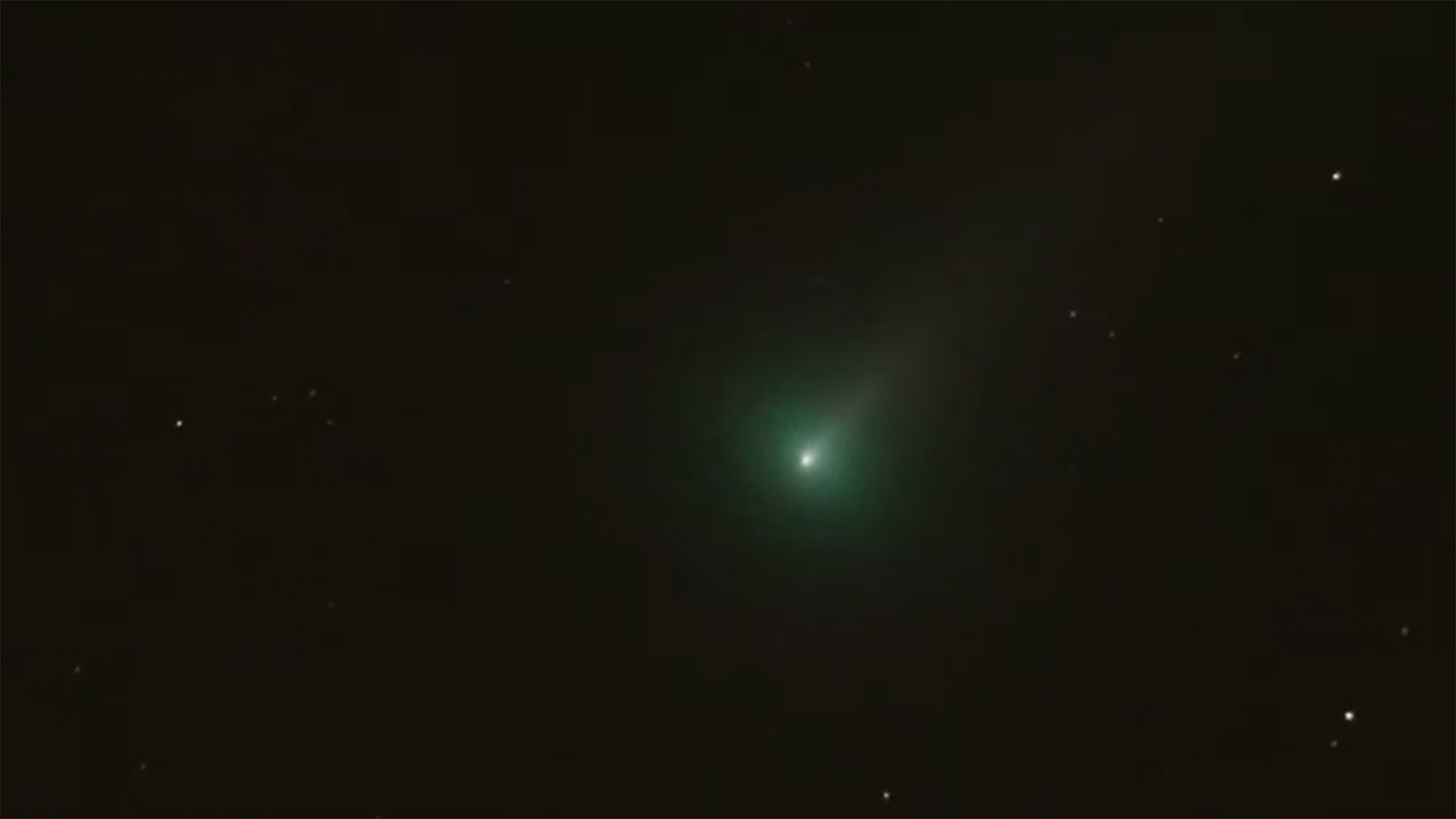A comet is headed for Earth, and as it gets closer, it is likely to get brighter than most stars in the sky. We’ve already had a ton of great cosmic events this year, from the “Great North American Solar Eclipse” in April to the brilliant northern lights that shined overhead earlier this month. This bright comet could be the next highlight.
These past two years have also been really extraordinary for skywatchers trying to get good looks at different comets. Back in February of 2023, a once-in-a-lifetime green comet passed by our planet. And earlier this year, the “devil comet” soared past. Now, a comet known as C/2023 A3, or Tsuchinshan–ATLAS, is set to take the spotlight.
Unlike the two previous close-flying comets, Tsuchinshan-ATLAS is notable because of just how bright the comet could get. While most comets appear as fuzzy blots of light in the sky when viewing them through telescopes, Tsuchinshan-ATLAS could actually be visible with the naked eye.
The comet isn’t expected to come that close to Earth until autumn, but astronomers figure we’ll be able to tell just how bright it will get by the end of summer. If everything works out, it’ll make for a great chance to round off 2024’s skywatching events with a pretty big bang.

Tsuchinshan-ATLAS was first spotted roughly 680 million miles from the sun, beyond the orbit of Jupiter. However, it will make its closest approach to Earth around September 27. In October, the comet will come its closest to Earth, with the comet passing just 44 million miles away from our pale blue dot. It’s then that astronomers estimate the bright comet could be visible with the naked eye.
The caveat here, though, is that calculations indicate that Tsuchinshan-ATLAS is a “first-timer” comet from the Oort cloud. Comets from the Oort cloud contain volatile materials that often burn up far from the sun. This will be the first that we know of that will travel this closely to the sun. This means that the material that often causes a comet’s brightness to flare up could burn up completely as it nears the sun.
This could mean that the comet’s brightening slows or even stops completely, making it a bit of a dud in the night sky instead of the brighter-than-the-stars light show that astronomers are hoping for. Unfortunately, all we can do is wait and see how this bright comet turns out along its journey.








